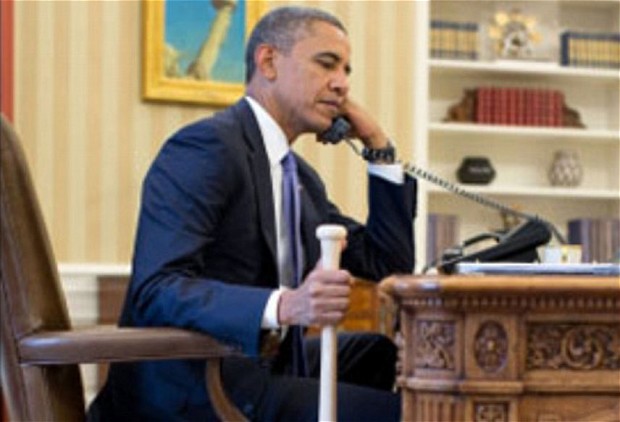Some in what is still called the newspaper industry remain hopeful print will have an extended senescence. At least another decade or several more. How can you blame them? That’s still the way they collect most of the revenue. But that’s unlikely. The only two exit strategies would seem to be papers that aggressively (and successfully) transfer to digital-only and those valuable enough to be snapped up by deep-pocketed media companies or technologists who can help them ease their way across this scary expanse. The good news, I think, is that people are always going to want information. The bad is that right now the blueprint for success isn’t close to completed. Even the New York Times–especially New York Times?–has seemed for several years a candidate to be sold to one of the Bloombergs of the world.
In a message to the talented Times Public Editor Margaret Sullivan, media analyst Clay Shirky predicts the death will not be gradual but will speed up and slow down and speed up anew. He also offers four suggestions to the flagging industry. The fourth one, labeled “the most important piece of the puzzle,” seems a stretch to me, an uneasy mixture of patronage and profits. An excerpt:
I asked Mr. Shirky what he thought news organizations, or specifically The Times, should do, given his prognosis. And we had a long exchange about that — too much for here and now. But I’ll summarize his main points:
1) Demystify the end of print. (“Constant speculation does no one any good, but nor does the fantasy that this is anything but hospice care.”)
2) Do more to cut costs, companywide. (“The most valuable long-term dollar to an organization with declining revenues is a dollar you don’t spend.”)
3) Give huge emphasis to finding new advertising dollars from mobile-device readership. (“The catastrophe of believing that the iPad would bring full-page, glossy, high-margin brand-building to the Internet was perhaps the cruelest trick Steve Jobs ever played on the media industry, already a long list.”)
4) Think of subscribership as membership. In short, get some percentage of the loyal readers of The Times to pay more — some of them a lot more — to support what Mr. Shirky calls their “indispensable paper.” This is the most important piece of the puzzle, he believes.•



